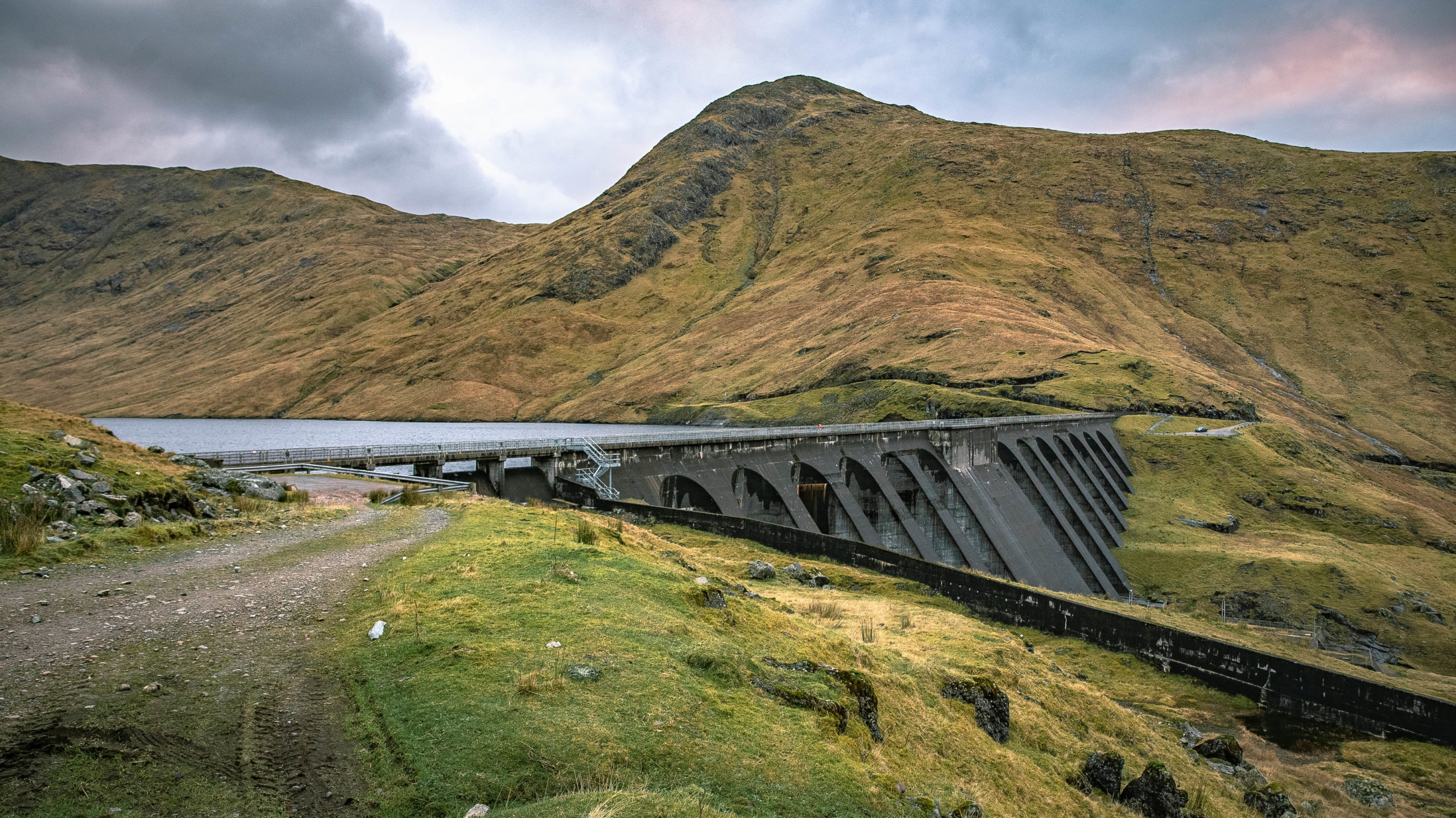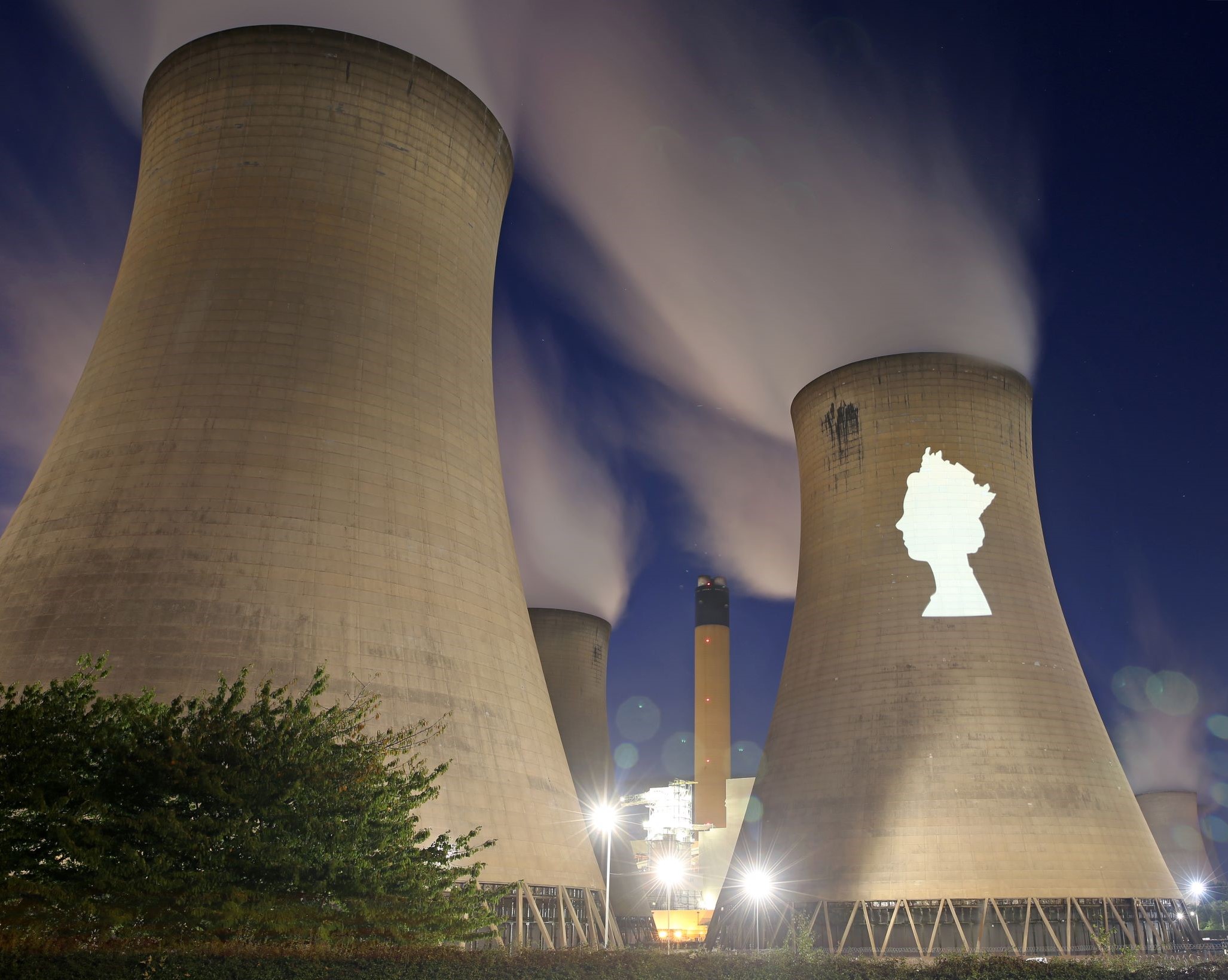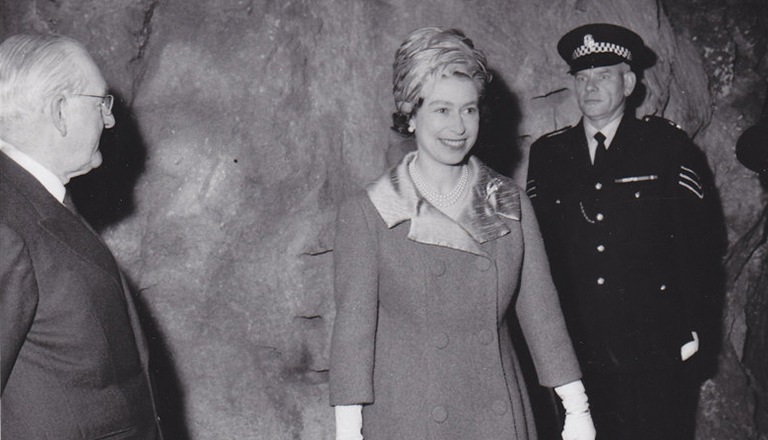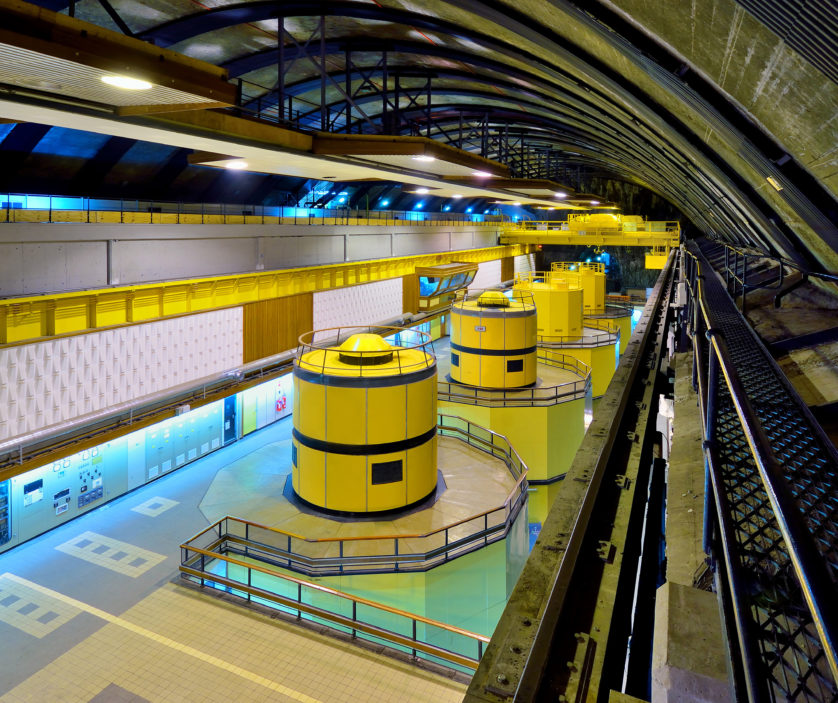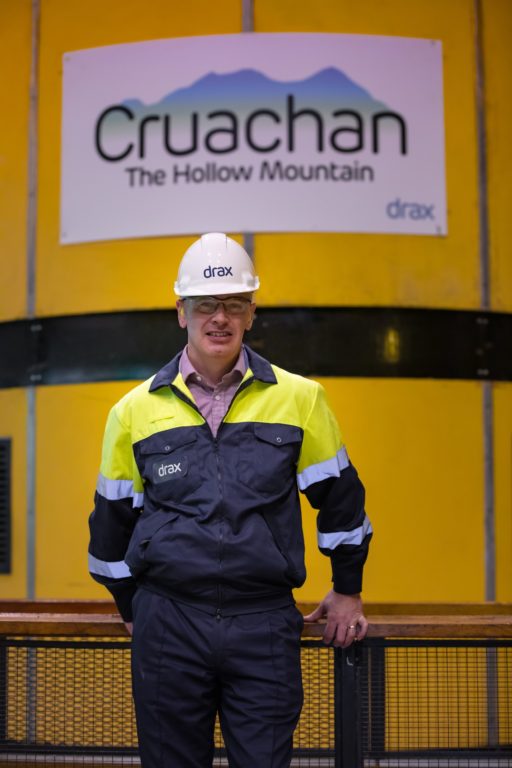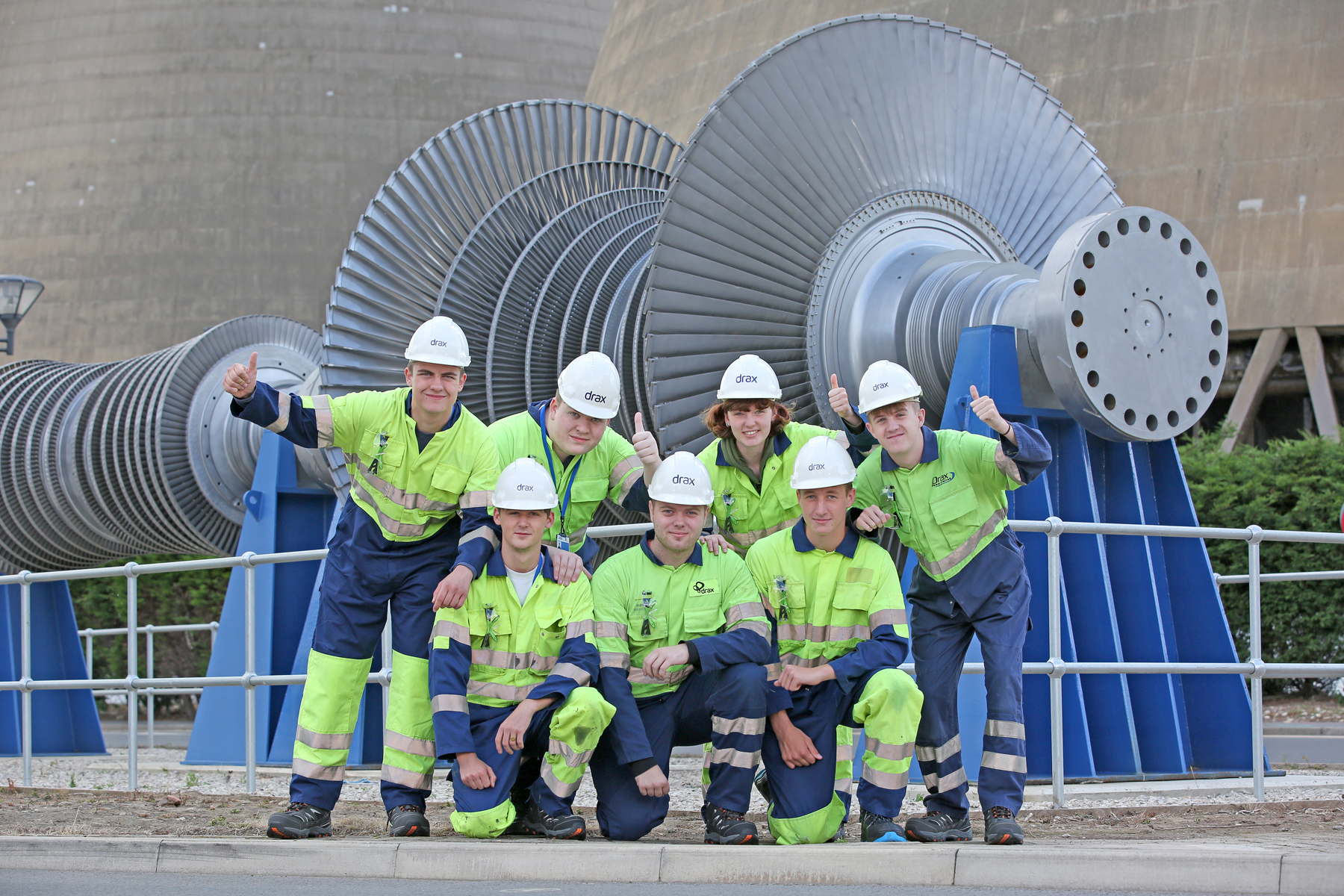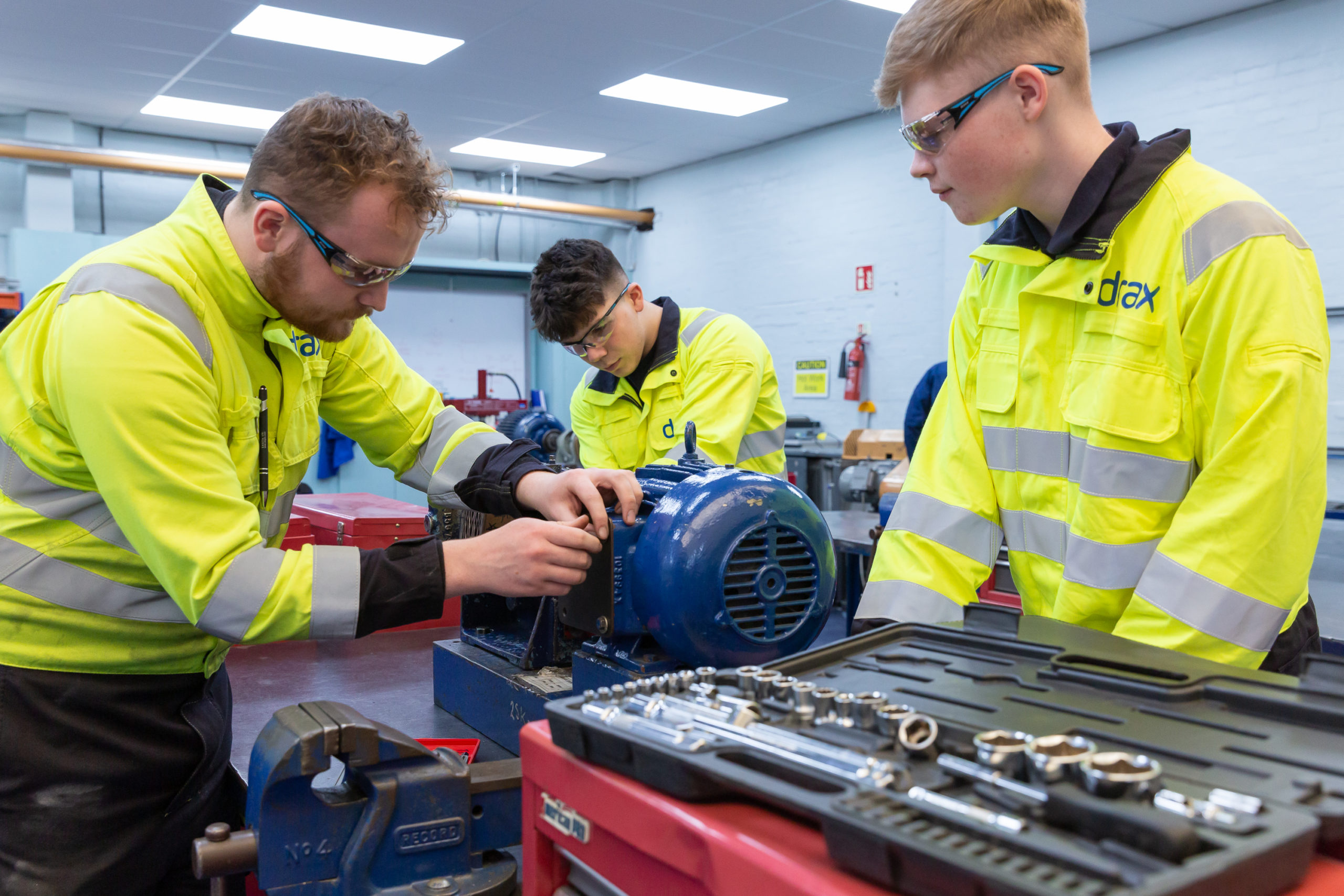
The apprentices have won places on apprenticeship schemes at Cruachan Power Station near Oban – the underground pumped hydro storage power station built in a hollowed-out cavern 1km inside Ben Cruachan – Argyll’s highest mountain.
The four-year programme gives new recruits the opportunity to gain expertise working alongside highly skilled engineers at the iconic ‘Hollow Mountain’ facility, which plays a critical role in supporting Scotland’s power system.
Drax’s Scottish Assets & Generation Engineering Director Ian Kinnaird said: “Providing these young people with the tools needed to become the skilled workforce of the future is not only essential to the success of our business, it’s also an incredibly rewarding part of what we do.
“Giving our apprentices the opportunity to work on renewable energy technology will ensure we’re nurturing our in-house talent and creating opportunities for people here in Scotland to lead the green energy revolution needed to get the UK to net zero.”
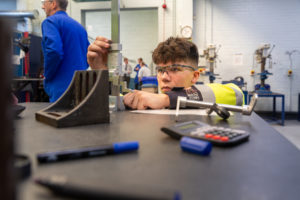
Marcus Lane, aged 18
Marcus Lane, aged 18 from Oban, who has joined Drax as a craftsperson apprentice, said: “I applied for an apprenticeship at Drax because I’ve always been interested in a career in engineering, and then after doing a week’s work experience with Drax it confirmed that this is what I want to do. I also knew that getting an apprenticeship with Drax would mean I’d receive great training to further my knowledge of renewable energy and increase the opportunities available to me in the future. I’m looking forward to working on such a wide variety of machinery and seeing exactly how the power station works.”
Marcus will start work on-site at Cruachan once he has completed formal training at the East Kilbride Group Training Association.
Iain Livingstone, aged 29 from Dalmally, is studying for a graduate apprenticeship in Design and Manufacturing and will attend Glasgow Caledonian University one day a week alongside his work at the power station.
Iain said: “Previously I worked in Marine Engineering in the oil and gas industry and thought that a graduate apprenticeship like this one would be a perfect transition from that industry into the renewable energy sector. This apprenticeship will also allow me to build on the knowledge and skills I’ve already gained and to further develop my academic qualifications. During the application process, I researched Drax and found that their goals and values aligned with my own and I’m looking forward to being a part of the company’s future.”
Drax recently submitted the planning application to build a new underground pumped hydro storage power station at Cruachan which will more than double the site’s electricity generating capacity.
The new 600-megawatt (MW) power station will be located inside Ben Cruachan – Argyll’s highest mountain – and increase the site’s total capacity to 1 gigawatt (GW).
ENDS
Photo caption: The apprentices in the workshop at the East Kilbride Group Training Association
Media contacts:
Megan Hopgood
Communications Officer
E: [email protected]
T: 07936 350 175
Notes to editors:
Drax is hiring a total of 20 apprentices this year across its sites in the UK, including four in Scotland. All opportunities are advertised on the Drax website.
Drax offers apprenticeships in business support areas such as HR, IT and finance as well as engineering disciplines and also runs several internships and graduate schemes as part of its dedication to improving skills and increasing opportunities for young people in the communities where it operates.
The energy company is also committed to helping its existing employees to boost their skills to ensure they are ready to work on new green technologies like BECCS. Around 50 employees across the group are studying for apprenticeship qualifications.
Drax runs a variety of initiatives to support STEM education and skills in Scotland including offering power station tours, interactive workshops and work experience opportunities.
About Drax
Drax Group’s purpose is to enable a zero carbon, lower cost energy future and in 2019 announced a world-leading ambition to be carbon negative by 2030, using bioenergy with carbon capture and storage (BECCS) technology.
Drax’s around 3,000 employees operate across three principal areas of activity – electricity generation, electricity sales to business customers and compressed wood pellet production and supply to third parties. For more information visit www.drax.com
Power generation:
Drax owns and operates a portfolio of renewable electricity generation assets in England and Scotland. The assets include the UK’s largest power station, based at Selby, North Yorkshire, which supplies five percent of the country’s electricity needs.
Having converted Drax Power Station to use sustainable biomass instead of coal it has become the UK’s biggest renewable power generator and the largest decarbonisation project in Europe. It is also where Drax is piloting the groundbreaking negative emissions technology BECCS within its CCUS (Carbon Capture Utilisation and Storage) Incubation Area.
Its pumped storage, hydro and energy from waste assets in Scotland include Cruachan Power Station – a flexible pumped storage facility within the hollowed-out mountain Ben Cruachan.
The Group also aims to build on its BECCS innovation at Drax Power Station with a target to deliver 4 million tonnes of negative CO2 emissions each year from new-build BECCS outside of the UK by 2030 and is currently developing models for North American and European markets.
Pellet production and supply:
The Group has 18 operational pellet plants and developments with nameplate production capacity of around 5 million tonnes a year.
Drax is targeting 8 million tonnes of production capacity by 2030, which will require the development of over 3 million tonnes of new biomass pellet production capacity. The pellets are produced using materials sourced from sustainably managed working forests and are supplied to third party customers in Europe and Asia for the generation of renewable power.
Drax’s pellet plants supply biomass used at its own power station in North Yorkshire, England to generate flexible, renewable power for the UK’s homes and businesses, and also to customers in Europe and Asia.
Customers:
Drax supplies renewable electricity to UK businesses, offering a range of energy-related services including energy optimisation, as well as electric vehicle strategy and management.
To find out more go to the website www.energy.drax.com








